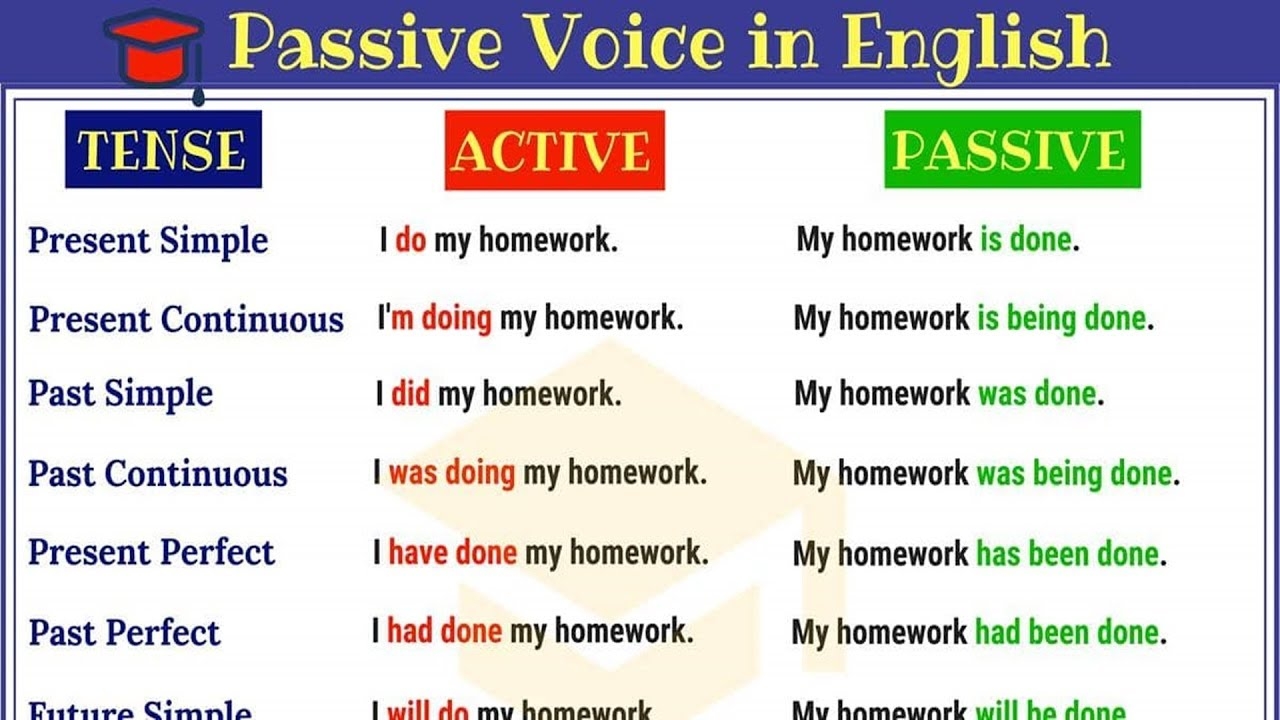Grammar is an essential part of any language, and mastering it can greatly improve your communication skills. One important aspect of grammar that many people struggle with is the passive form. Understanding how to use passive form correctly can make your writing more concise and professional.
Passive form is used when the focus is on the action rather than the doer of the action. It is formed by using the appropriate form of the verb “to be” followed by the past participle of the main verb. For example, “The book was written by the author” is in the passive form, where the focus is on the book being written rather than the author who wrote it.
Using Passive Form Grammar
Passive form can be used in various situations, such as when the doer of the action is unknown or irrelevant, when the focus is on the action itself, or when the doer of the action is already known and mentioned earlier in the sentence. Passive form is also commonly used in academic and formal writing to create a more objective tone.
One common mistake that people make when using passive form is overusing it. While passive form can be useful in certain situations, using it too frequently can make your writing sound awkward and convoluted. It is important to use passive form judiciously and only when it enhances the clarity and coherence of your writing.
Another important aspect of passive form grammar is understanding how to form questions and negatives in the passive voice. Questions in the passive voice are formed by inverting the subject and the auxiliary verb “to be” in the sentence. For example, “Was the report submitted on time?” Negative sentences in the passive voice are formed by adding “not” after the auxiliary verb “to be.” For example, “The project was not completed by the deadline.”
Overall, mastering passive form grammar can greatly enhance your writing and communication skills. By understanding when and how to use passive form correctly, you can make your writing more concise, professional, and effective. Practice using passive form in your writing and pay attention to how it can improve the clarity and coherence of your sentences.
In conclusion, passive form grammar is an important aspect of language that can greatly improve your communication skills. By understanding how to use passive form correctly and judiciously, you can enhance the clarity and professionalism of your writing. Practice using passive form in various situations to become more proficient in this aspect of grammar.
